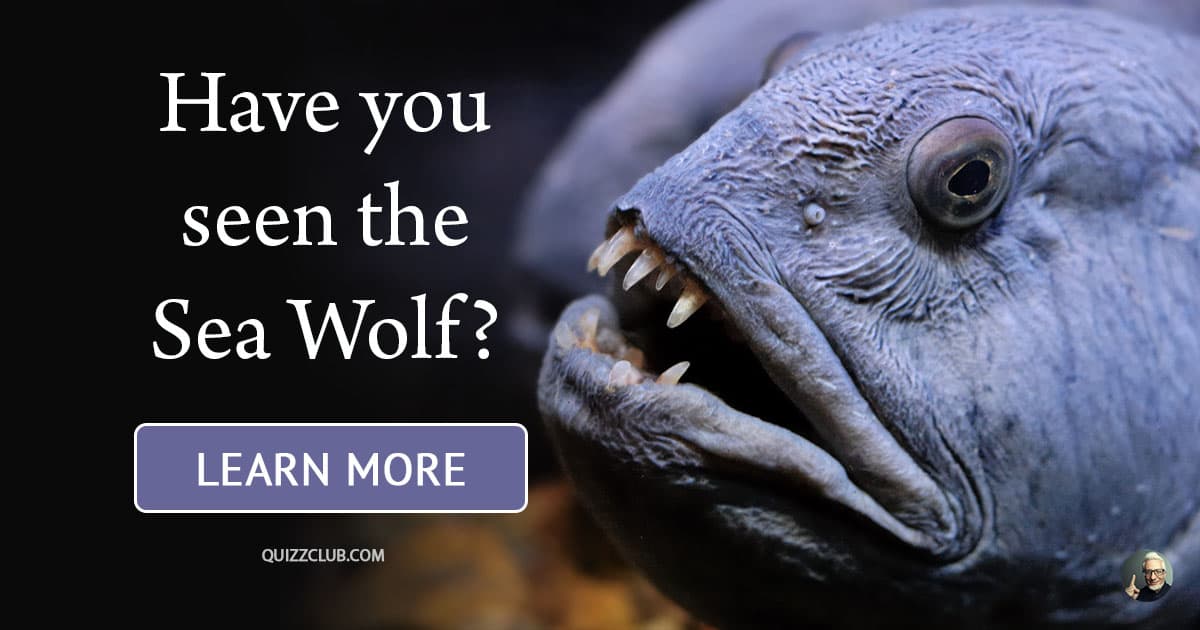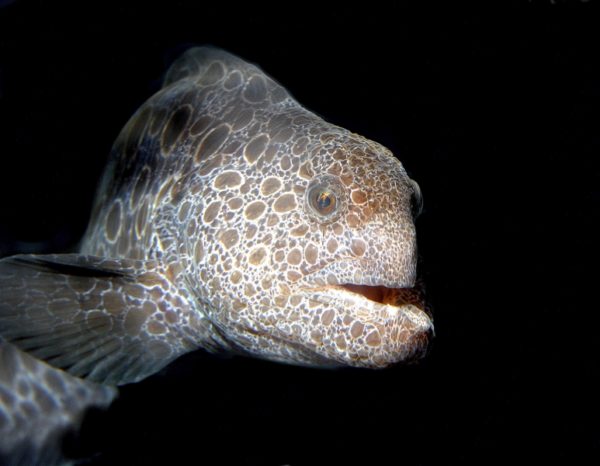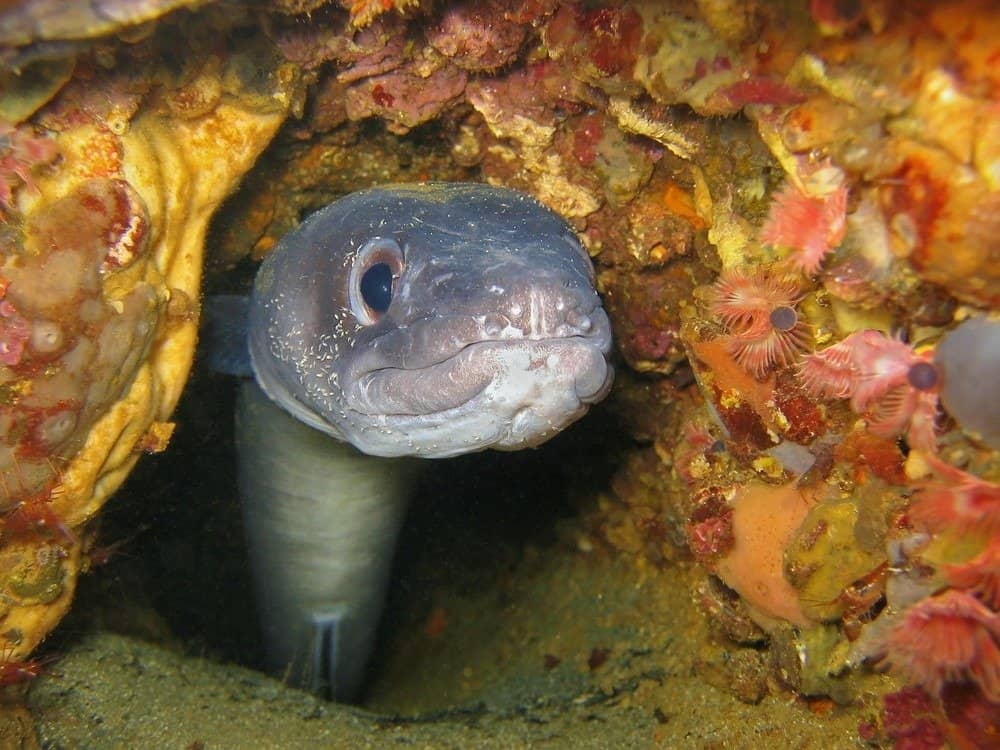

This is the reason for their very muscular appearance. This means they can't swim the same way a normal fish does and must use their body to propel themselves through the water as opposed to their fins. To start with, they lack pectoral fins and pelvic fins. Biologically they are quite different from other fish species for quite a few reasons. With that said, let's get on to something less about myself and more about our long slimy friends!īefore choosing an eel, you should learn what exactly makes a moray a moray. I think all these experiences with different species has given me a decent knowledge of morays and keeping them in captivity. There's been other eels who have been in my care, but I won't go on for too long about each one.

I've also had some long in depth discussions with the owner of the local public aquarium about two large gymnothorax prasinus who reside there. He'll be moved on to the 120 soon if all goes to plan. I now own a snowflake eel, the one in the 24 I wrote about earlier. But it's hard to tell the emotion of an animal that doesn't have any eyebrows haha. He was as thick as my wrist! I could hand feed him and stroke his body and he seemed to enjoy it. We also had a very big zebra in a display. Since leaving the LFS that tank has been turned into a beautiful planted fresh water tank and I assume the eel was sold. I was able to hand feed him and if I ever had my hand in the tank he would swim over and "sniff" me for lack of a better word. Inside we had a black ribbon eel amongst other fish. Six foot long, three foot high and three foot wide. In the same LFS we had a big predator tank built into the counter top. I looked after them like as if they were mine, but couldn't take them home. I think the owner had a bit of a sentimental attachment to these guys because they were kept in a sump out of sight, not a display or selling tank and the owner wouldn't let me have one. The next eels I had were a pair of snowflakes that were kept at the LFS. When the power came back on, he got shredded by the impeller. Unfortunately one day we had a black out and he decided to swim into the intake of a pump. He was about as thick as a pencil and about 5 inches long. Awesome little guy! I got him while I was working at an LFS when a guy brought it back to the shop after it hitchhiked his way into the guys tank in some live rock.

So far I don't believe they're any easier as most say, but very different. I was suprised by how different big tanks are compared to little tanks. I'm currently setting up my first big tank. I've had several tanks in between all that, but nothing really worth noting here. I set up my 24 gallon fowlr, which is still running, a couple of years ago and loved the extra space! Currently it has a snowflake eel and a yellow tail blue devil in it. It's had it's fair share of ups and downs but it's a great little tank. My first saltwater tank was a 5gal LPS and softy tank that is still running today. Turns out mythbusters did it and they can remember things for atleast several weeks if I remember correctly. I use to watch him swim about and wonder if he really had a three second memory or if that was a myth. I started in the fish keeping hobby with a goldfish named jerry in a small bowl lucky to hold a gallon. I will start off with a bit of background of my time in the hobby, as well as some of the eels I've kept in the past. I, this article or any information contained within it will not be held responsible for any injury, damage or loss of life experienced. I'm also writing this with the assumption the reader has the ability and knowledge to keep a successful tank running including the set up, cycling and acclimation phases. And for the record, I'm trying to keep this guide as universal as possible, but having a lot more experience with snowflakes than any other species, a lot of what I say will relate to them more than most others. It does not necessarily mean any eel you buy or look after will behave the same way. I want to stress the point that everything I say is based purely on my experiences.

Now I'm far from an expert on eels, but having been in this hobby for a few years now and owning/looking after quite a few eels in my time, I feel I can confidently write this guide on basic care of these impressive little guys.


 0 kommentar(er)
0 kommentar(er)
